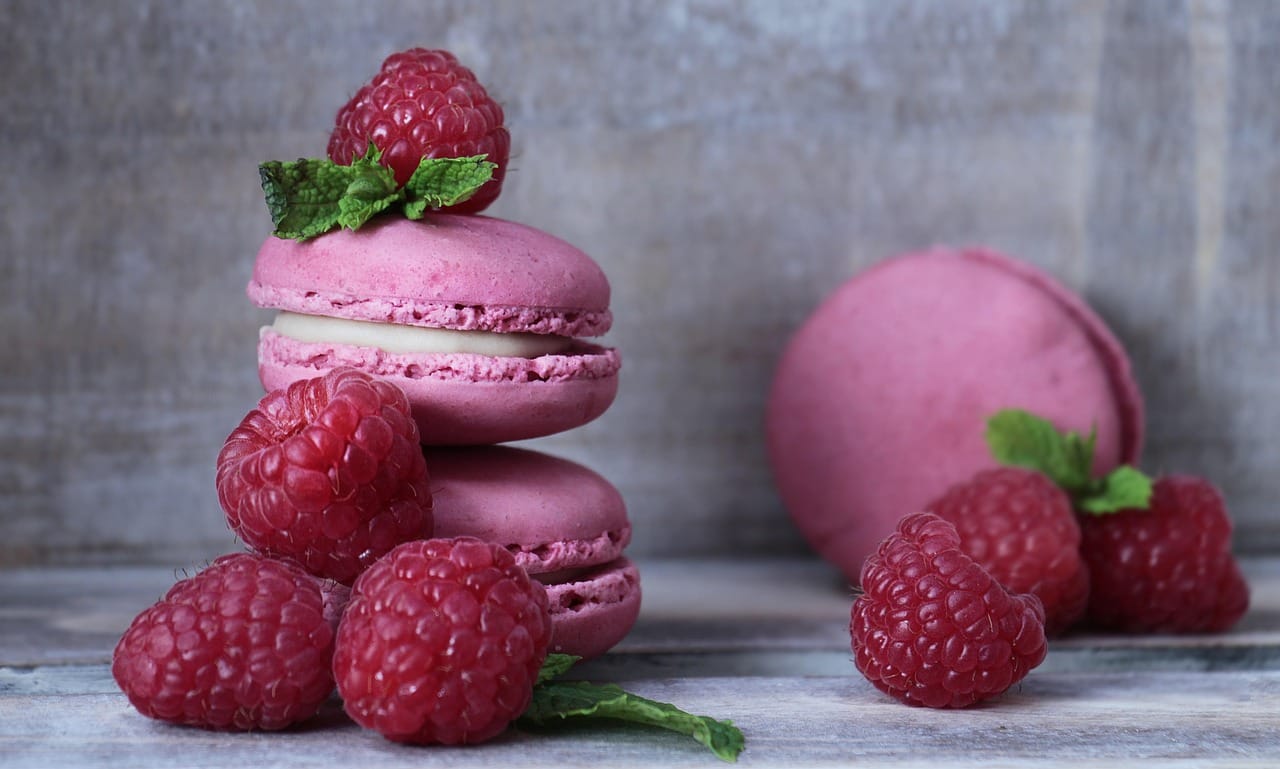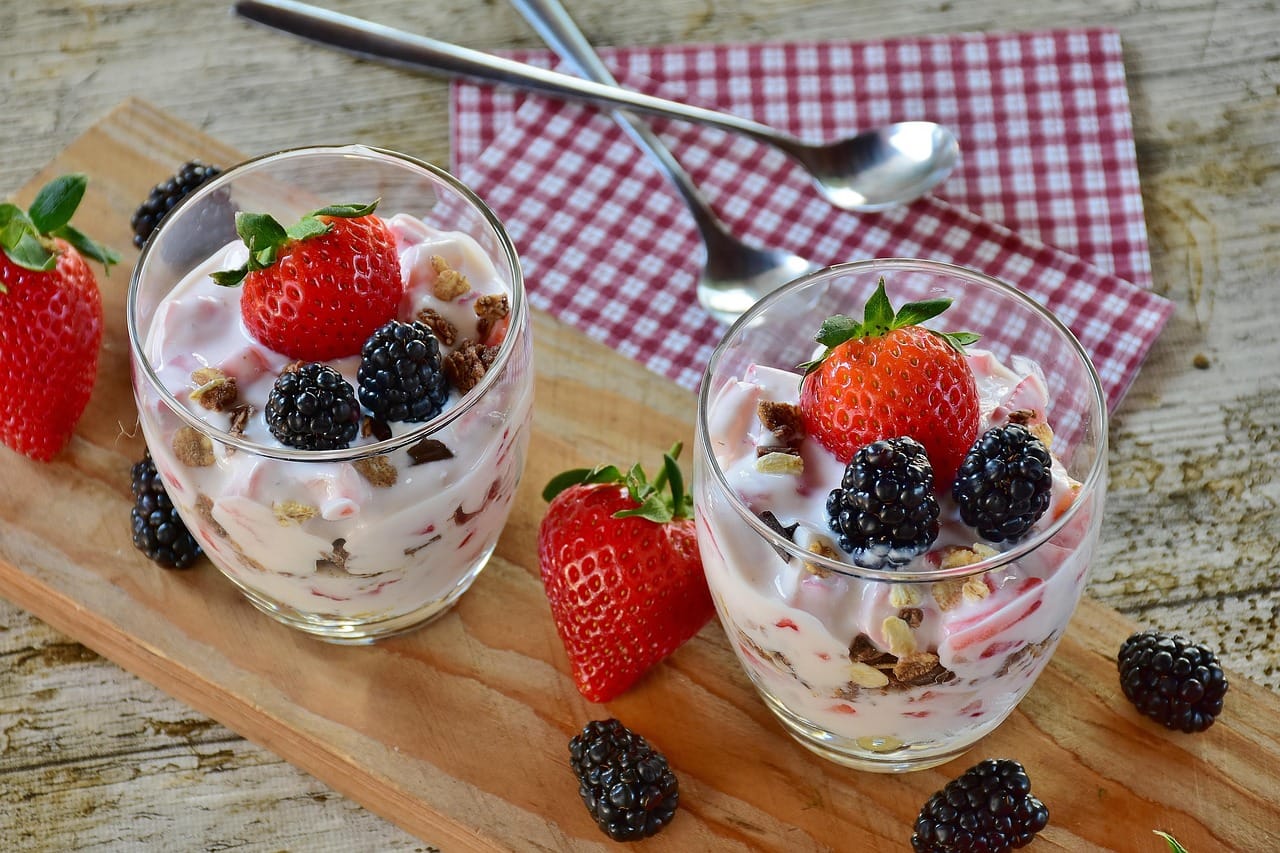Gingerbread, with its warm spices and comforting aroma, is more than just a holiday treat; it’s a culinary tradition steeped in history. From simple spiced cakes to elaborately decorated houses, gingerbread holds a special place in our hearts and kitchens, especially during the festive season. Whether you’re a seasoned baker or a novice just starting out, this guide will explore the delightful world of gingerbread, covering its origins, variations, baking tips, and creative uses.
The History and Evolution of Gingerbread
Gingerbread has a fascinating journey through time, evolving from a simple medicinal spice cake to the iconic treat we know today.
Early Origins and Medieval Europe
- Ancient Roots: The use of ginger in baking dates back to ancient civilizations like Greece and Egypt, where it was prized for its medicinal properties.
- Medieval Introduction to Europe: Gingerbread arrived in Europe around the 11th century, brought back by Crusaders returning from the Middle East.
- “Gingerbread” as a Term: The term “gingerbread” was not consistently used until the 15th century. Before that, spiced cakes and breads were often referred to by other names.
- Hard vs. Soft Gingerbread: Early gingerbread recipes produced a hard, biscuit-like product. Softer versions, closer to modern cake, developed later.
- Guilds and Royal Connections: Gingerbread bakers formed guilds in many European cities. In England, gingerbread was associated with royal courts, often decorated with intricate royal icing.
Gingerbread Across Cultures
- Lebkuchen (Germany): A traditional German gingerbread cookie, often softer and chewier than other varieties, and flavored with honey, almonds, and candied citrus. Nuremberg is particularly famous for its Lebkuchen.
- Pepparkakor (Sweden): Thin, crisp gingerbread cookies, often cut into festive shapes and decorated with cloves, cinnamon, and cardamom.
- Pain d’épices (France): A honey-sweetened gingerbread loaf, often flavored with anise and other warming spices.
- Speculaas (Belgium/Netherlands): Thin, crisp gingerbread cookies pressed into molds, typically spiced with cinnamon, cloves, nutmeg, and cardamom.
Baking the Perfect Gingerbread: A Baker’s Guide
Creating delicious gingerbread starts with understanding the ingredients and techniques involved.
Key Ingredients and Their Roles
- Flour: Provides the structure of the gingerbread. All-purpose flour works well, but some recipes call for whole wheat flour for added flavor and texture.
Tip: Consider using a blend of all-purpose and whole wheat flour for a more complex flavor profile.
- Spices: The heart and soul of gingerbread! Ginger (ground or fresh), cinnamon, cloves, nutmeg, and allspice are common choices.
Tip: Use high-quality spices for the best flavor. Freshly ground spices will offer a more intense aroma and taste.
- Sweeteners: Molasses, honey, brown sugar, and corn syrup are frequently used to provide sweetness and moisture.
Tip: Experiment with different combinations of sweeteners to achieve your desired flavor and texture. Molasses adds a distinctive dark color and rich flavor.
- Fats: Butter, shortening, or oil contribute to the tenderness and richness of the gingerbread.
Tip: Melted butter adds a slightly nutty flavor. Shortening will produce a more tender and crumbly texture.
- Leavening Agents: Baking soda or baking powder helps the gingerbread rise.
Tip: Baking soda reacts with acidic ingredients (like molasses) to create a lighter texture.
- Liquids: Milk, water, or even coffee can be added to adjust the consistency of the batter.
Tip: A splash of coffee can enhance the depth of flavor in gingerbread recipes.
Essential Baking Techniques
- Creaming Method: Creaming together butter and sugar incorporates air, creating a lighter and more tender crumb.
- Mixing Spices: Thoroughly combine the spices with the dry ingredients to ensure even distribution.
- Chilling the Dough: Chilling gingerbread dough before rolling and cutting helps prevent it from spreading during baking.
- Baking Temperature and Time: Follow the recipe instructions carefully for baking temperature and time. Overbaking can result in dry, hard gingerbread.
Tip: Use an oven thermometer to ensure your oven is accurately calibrated.
Creative Gingerbread Projects: Beyond the Cookie
Gingerbread isn’t just for eating; it’s also a fantastic medium for artistic expression.
Gingerbread Houses: Architectural Delights
- Planning and Design: Sketch out your gingerbread house design before you start baking. Consider the size and shape of the walls, roof, and other features.
- Templates: Use cardboard or paper templates to cut out the gingerbread pieces accurately.
- Royal Icing: Royal icing is the traditional “glue” for assembling gingerbread houses. Its strength and quick-drying properties make it ideal for construction.
Recipe: To make Royal icing: Beat 3 egg whites until soft peaks form. Gradually add 4 cups of powdered sugar and 1 teaspoon of lemon juice. Continue beating until stiff peaks form.
- Decoration: Let your creativity run wild with candies, sprinkles, and other edible decorations.
Tip: Use different piping tips to create various textures and designs with the royal icing.
Gingerbread Ornaments and Decorations
- Cookie Cutters: Use festive cookie cutters to create gingerbread ornaments.
- Hole Placement: Before baking, make a small hole in each ornament using a straw or skewer to thread ribbon or twine for hanging.
- Decorating Techniques: Decorate your gingerbread ornaments with royal icing, colored sugars, and edible glitter.
- Preservation: Store gingerbread ornaments in an airtight container to prevent them from drying out.
Savory Gingerbread Applications
- Gingerbread Spice Rubs: Combine ground ginger, cinnamon, cloves, and other spices with salt, pepper, and brown sugar to create a flavorful rub for meats like pork or chicken.
- Gingerbread Croutons: Dice stale gingerbread into small cubes and bake until crispy for a unique and flavorful addition to salads or soups.
- Gingerbread-Infused Beverages: Add a gingerbread syrup or spice blend to coffee, tea, or cocktails for a festive twist.
Troubleshooting Common Gingerbread Problems
Even experienced bakers can encounter challenges when working with gingerbread. Here’s how to tackle some common issues.
Dough is Too Sticky or Dry
- Too Sticky: Gradually add more flour, one tablespoon at a time, until the dough reaches the desired consistency. Be careful not to overwork the dough.
- Too Dry: Add a small amount of liquid (milk or water), one teaspoon at a time, until the dough comes together.
Gingerbread Spreads During Baking
- Chilling Time: Ensure the dough is properly chilled before rolling and cutting.
- Oven Temperature: Make sure your oven is not too hot. Use an oven thermometer to verify the temperature.
- Too Much Fat: Reduce the amount of butter or shortening in the recipe slightly.
Gingerbread is Too Hard
- Overbaking: Bake the gingerbread for a shorter amount of time.
- Too Much Flour: Measure flour accurately using a kitchen scale or the spoon and level method.
- Too Little Moisture: Add a small amount of liquid to the dough.
Conclusion
Gingerbread is a versatile and beloved treat that offers endless possibilities for creativity and enjoyment. From its humble beginnings to its current status as a holiday staple, gingerbread continues to capture our imaginations and delight our taste buds. By understanding the history, ingredients, techniques, and troubleshooting tips outlined in this guide, you can confidently embark on your own gingerbread adventures, creating delicious and memorable treats for yourself, your friends, and your family. So, gather your spices, preheat your oven, and let the warm, comforting aroma of gingerbread fill your home this season.




